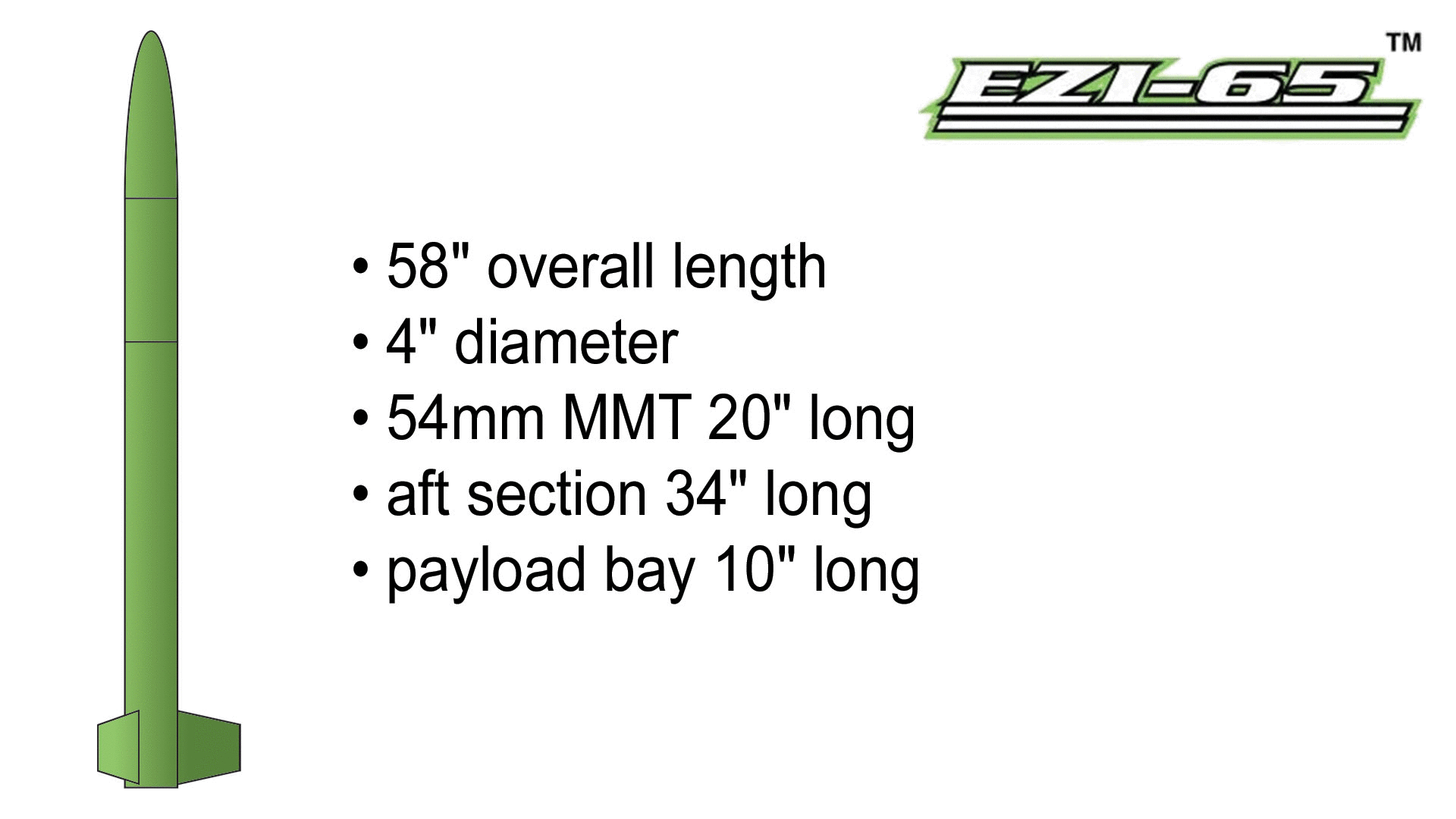For static testing, you need some kind of
vacuum chamber like this (some people do it homemade). You can use LEDs and see if they light at the appropriate times (apogee for zero pressure, later as pressure increases for main).
For ground testing, I place my rocket horizontally on a stand. It is best to load it up exactly as you would to launch it. If you have a spent motor in the casing, slide it in. That will most accurately reflect the state of the rocket when the first charge fires.
Use one of the
online calculators to determine a starting point for BP. Try it and see how it goes. Add more or less until you get complete separation with the chutes out. I believe a lot of people will then add another 25% to account for wind resistance. Someone should check me on that.
Make sure that the igniters/e-matches you use in testing are the same as you will be using in flight. Write down the amount of BP you need for each charge. NOTE: they may be different. Also, the online calculators seem to always assume you are using shear pins. If not, back off your starting amount.



